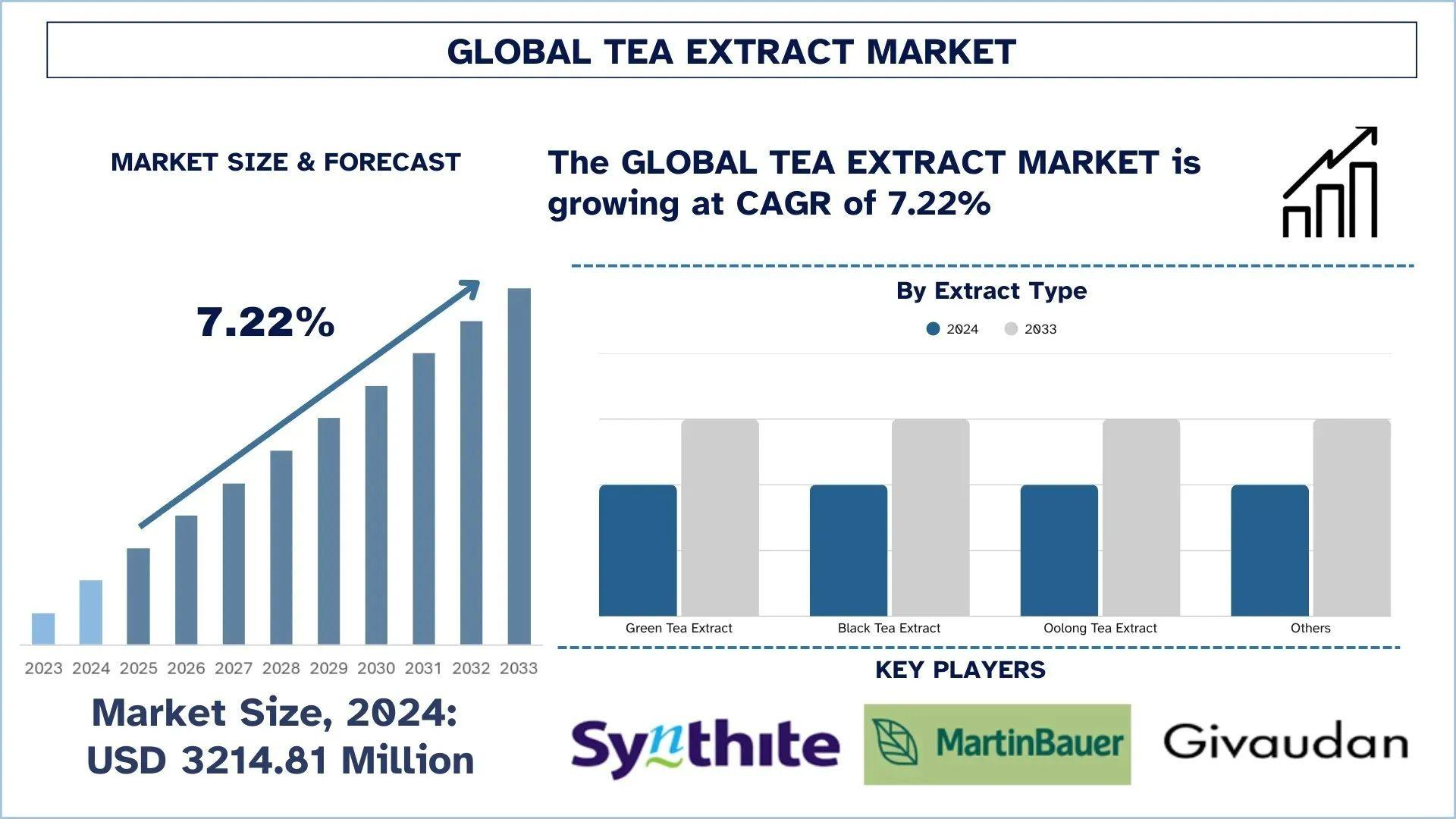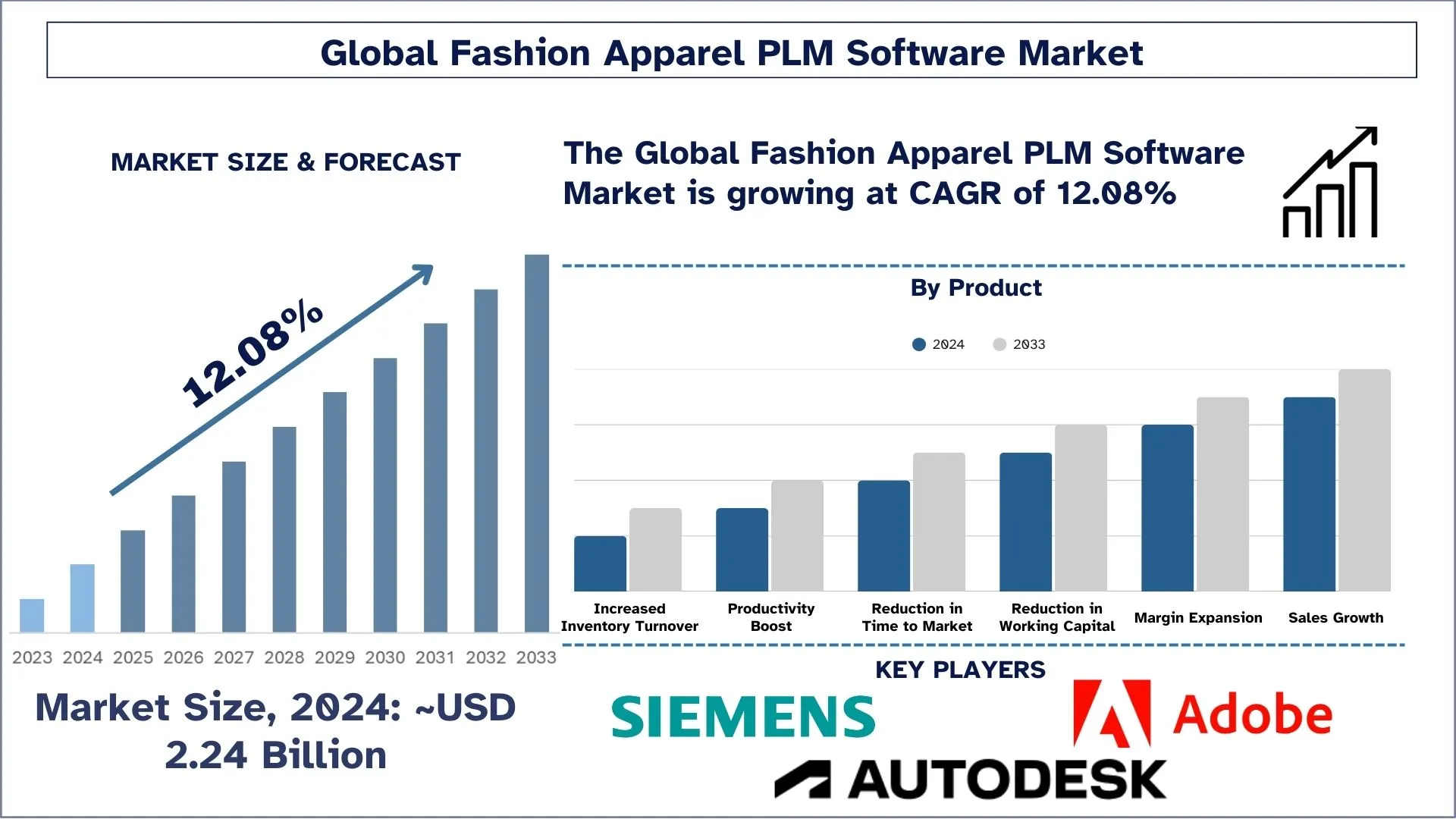The Mono Ethylene Glycol (MEG) market has evolved into one of the most critical segments of the global chemical industry. MEG’s versatility, coupled with strong demand in textiles, packaging, and automotive sectors, has propelled it into the spotlight as a growth driver for petrochemical companies worldwide. With polyester fibers and PET bottles at the heart of its applications, the MEG market reflects broader consumer and industrial trends, including urbanization, lifestyle changes, and the global shift toward sustainability.
Asia-Pacific dominates the MEG market, driven by large-scale textile manufacturing hubs in China, India, and Southeast Asia. These regions not only produce textiles for domestic consumption but also serve as major exporters to global markets. Additionally, the booming beverage industry in Asia-Pacific has fueled demand for PET bottles, further reinforcing MEG’s importance. North America and Europe, while mature markets, continue to demand MEG for automotive, industrial, and packaging uses, though their focus is increasingly on sustainable and bio-based alternatives.
One of the primary market drivers for MEG is the rapid expansion of the polyester industry. Polyester now accounts for over half of global fiber production, replacing natural fibers such as cotton due to its durability, affordability, and adaptability. Similarly, the packaging sector continues to grow at a steady pace, fueled by e-commerce expansion and the rising consumption of ready-to-drink beverages. This trend directly translates to higher MEG consumption for PET bottle production.
However, the MEG market also faces challenges. Price volatility in crude oil, the key raw material for ethylene, significantly impacts MEG production costs. Additionally, global oversupply has occasionally led to margin pressures for producers. Environmental concerns, particularly the rising scrutiny of single-use plastics, present another hurdle, compelling manufacturers to invest in recycling technologies and bio-based MEG solutions.
Despite these challenges, opportunities abound. Companies are increasingly focusing on sustainability by developing bio-MEG sourced from renewable feedstocks such as sugarcane and corn. These innovations are expected to capture growing demand from environmentally conscious consumers and regulators pushing for greener alternatives. Furthermore, investments in advanced production technologies, including gas-to-olefins and coal-to-olefins processes, are reshaping the supply landscape.
In conclusion, the MEG market is poised for sustained growth, supported by its role in critical industries like textiles, packaging, and automotive. While challenges related to price volatility and environmental concerns persist, the shift toward sustainable practices and technological innovation opens new avenues for growth. Producers who adapt to these changing dynamics will lead the MEG market into its next phase of development.

